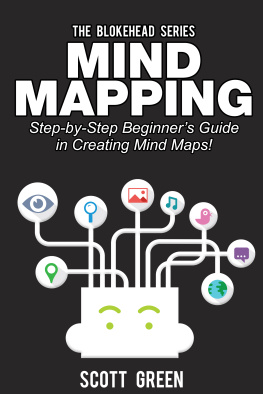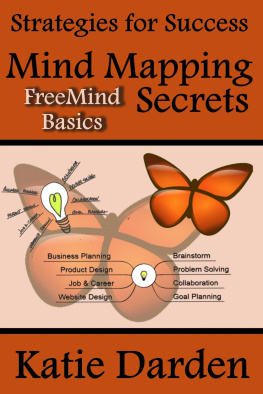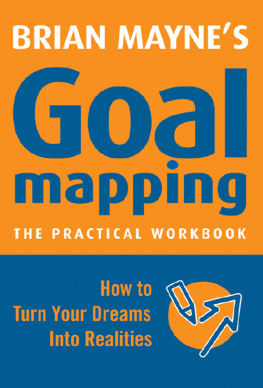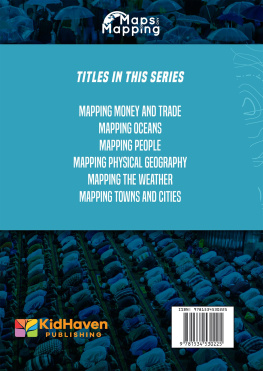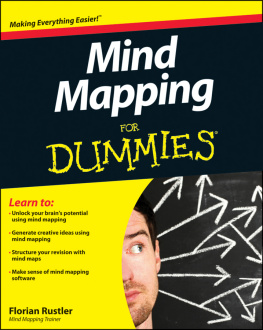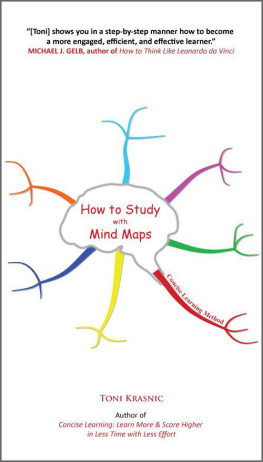Tony Sherborne , Simon J. Buckingham Shum and Alexandra Okada (eds.) Advanced Information and Knowledge Processing Knowledge Cartography Software Tools and Mapping Techniques 10.1007/978-1-84800-149-7_1 Springer-Verlag London Limited 2008
1. Empirical Studies of the Value of Conceptually Explicit Notations in Collaborative Learning
Daniel D. Suthers 1
(1)
University of Hawaii at Manoa, Department of Information and Computer Sciences, Honolulu, HI, USA
Abstract
Knowledge Cartography is concerned with a diversity of notations that all make certain conceptual structures explicit, but may differ from each other and from conceptually implicit notations in what they make salient. This chapter reports on a series of studies that investigated the idea that these differences or representational biases might lead to differences in processes of collaborative inquiry. The studies span face-to-face, synchronous online and asynchronous online media in both classroom and laboratory settings. An understanding of the observed effects can help both designers and practitioners think more deeply about the pedagogical implications of their representational tools and how these tools are embedded in a learning situation; i.e., how to convert representational biases to representational guidance .
1.1 1.1 Introduction
The variety of representational tools discussed in this volume argument maps, concept maps, evidence maps, knowledge maps, mind maps, etc. all offer the common advantage of being explicit about some conceptual structure or model: their notations are for constructing conceptually explicit representational artifacts. (See Suthers, ). The present chapter summarizes a series of studies undertaken to test hypothesized advantages of conceptually explicit notations, and that led to further discovery and explorations in the roles of representational tools in mediating interaction. The chapter begins with the historical context and motivation for the work and some theoretical considerations that led to the studies. The bulk of the chapter summarizes a series of classroom and laboratory studies comparing evidence maps to other representational notations, before concluding with some implications for practitioners.
1.2 1.2 Background
This section summarizes the practical and theoretical motivations for the studies that will be described in the next section.
1.2.1 1.2.1 Belvedere and Kin
This line of work had its origins in the Belvedere project at the University of Pittsburgh. The project was intended to support secondary school childrens learning of critical inquiry skills in the context of science, particularly at the scale of scientific discourse that spans multiple studies and authors (Cavalli-Sforza et al.,
A prototype that included a portion of the visual language and a simple pattern matching advisor was implemented (Paolucci et al., ) among co-located learners concerning issues of evidence.
Fig. 1.1.
Belvedere 2, with prototype coach
Meanwhile, it was apparent that various projects with similar goals (i.e., critical inquiry in a collaborative learning context) were using radically different representational systems. These included various forms of hypertext/hypermedia (Guzdial et al., ). The obvious question arose: if representations are resources for conversation, does it matter which representation one uses?
1.2.2 1.2.2 Theoretical Background
In response to this question, the author postulated two broad ways in which representational notations influence learning (Suthers, ):
Constraints: limits on expressiveness, for example, the representational system may provide limited types of objects and relations and structures that can be constructed from them (Stenning & Oberlander, )
Salience: how the notation makes certain types of information (such as conceptual relationships) visible, possibly at the expense of others (Larkin & Simon, ). The absence of information where it is expected is also a form of salience (e.g., the empty cells of a matrix suggest that they might be filled).
These two fundamental expressive features of notations play out in many ways, including influences on individual (cognitive/perceptual) reasoning and learning (e.g., Kotovsky & Simon, ), motivated the work reported in this chapter:
Negotiation Potentials . If multiple participants can add to or change a representational artifact that they are constructing together, the participants may feel an obligation to negotiate and obtain agreement on modifications to those representations. Any medium offers certain potentials for action (affordances). The ideas associated with these potential actions are more likely to be discussed in the course of this negotiation. Notational constraints limit but focus these negotiation potentials, while salience makes them more likely to be taken up by participants.
Referential Resource . When people are constructing representations together, elements of the representational artifact become imbued with meanings for the participants by virtue of having been produced through the process of negotiation discussed above. These elements then enable participants to reinvoke these meanings through language, gesture, or direct manipulation. In this manner, collaboratively constructed external representations facilitate subsequent negotiations, increasing elaboration on previous conceptions and the conceptual complexity that can be handled in group interactions. Constraints on expressiveness will focus what is available for reference, and salience will affect the immediacy of its availability for reference.
Mutual Awareness. Computational media can be designed to foster group awareness (Kreijns & Kirschner, ). An individual working in a group must constantly refer back to the shared external representation while coordinating activities with others: information about the attentional status of group members and their attitudes towards previously proposed ideas may influence the actions of individuals in the group.
Following this reasoning, the author constructed a taxonomy of the various representations in use by researchers at the time, and made predictions such as the following:
A plain text environment (e.g., a word processor) does not constrain expressiveness in any particular way (written language is very expressive), but nor does it make any particular relationships salient (e.g., one cannot tell at a glance the overall argumentative, conceptual, or evidential structure of a text).
A graphical (node-link) tool such as Belvedere (e.g., Fig. ) will prompt users to make connections: all new contributions will be related to something else. Since participants talk about what they will do, this means, for example, that users of an evidence map are more likely to talk about evidence (as well as represent it) when using a graphical representation than plain text. Statements and the evidential relationships between them will be visually salient, so are more likely to be referenced in subsequent discussion, again leading to more talk about evidence.
The salience of all the empty cells of a matrix (tabular) representation (e.g., to be shown in Fig. ) will prompt users to consider many possible relationships that can be expressed in those cells. For example, if hypotheses label the columns and data label the rows, users are more likely to talk about evidential relationships between the two, even more so than with a graph representation.


